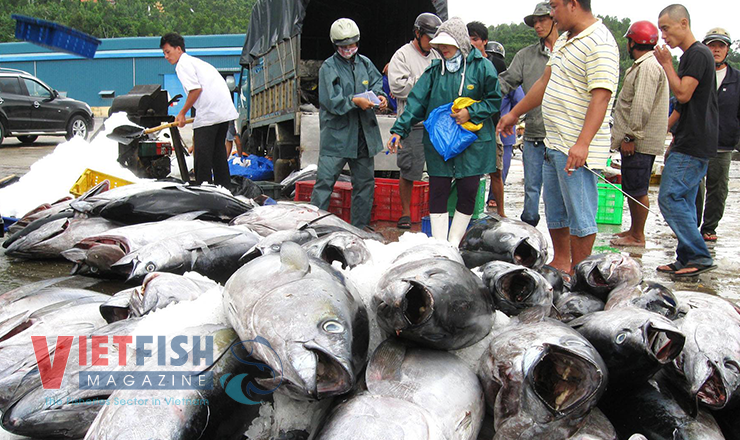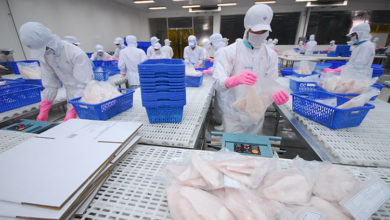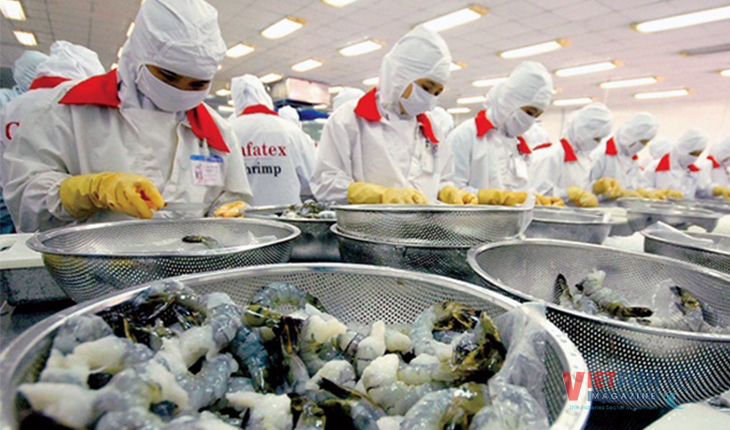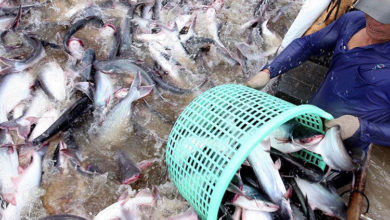Vietnam–Norway seafood collaboration: Unlocking sustainable growth
Norway sees Vietnam as a vital partner in processing and re-exporting seafood products. Through cooperation, knowledge exchange, and technology transfer, the two nations aim to foster sustainable production models and elevate the value and reputation of their seafood industries on the global stage.
Åshild Nakken, Southeast Asia Director of the Norwegian Seafood Council (NSC), said Vietnam is one of Norway’s largest seafood markets in the region. As such, Norway remains committed to supporting the development of Vietnam’s domestic fisheries and aquaculture sectors.
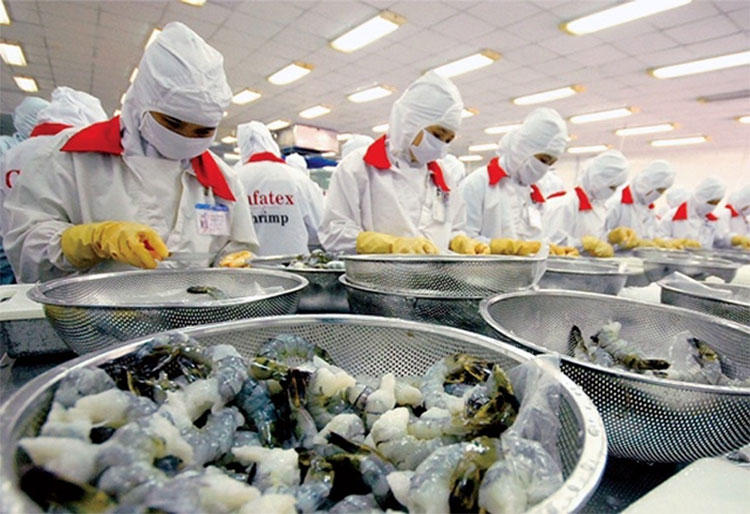
How would you assess the cooperation achievements between Vietnam and Norway in fisheries and aquaculture development?
Norway sees Vietnam as a highly promising partner in seafood processing and re-export. We value Vietnam’s modern infrastructure, technological advancement, and skilled workforce. The successful processing of Norwegian mackerel in Vietnam illustrates the benefits of cooperation in the seafood value chain.
Norway leads in sustainable seafood harvesting and aquaculture, prioritizing both environmental protection and economic growth. Vietnam shares great potential in responsibly managed aquaculture. By working together, sharing experience and technology, we can foster green, sustainable production models and enhance the global value and image of seafood from both countries.
We’re proud to have supported Vietnam in drafting its first Fisheries Law. Given Vietnam’s current direction in expanding marine and ocean-based aquaculture, Norway, with its extensive experience, is continuing dialogue with the Ministry of Agriculture and Environment to identify areas where we can provide meaningful support.
What is the potential of the Vietnamese market for Norwegian seafood?
The potential is enormous. In 2024, Norwegian seafood exports to Vietnam reached over 72,000 tons, worth USD 252 million, up 20% in value and 16% in volume from the previous year. It’s a historic high.
Vietnam imported more than 24,000 tons of Norwegian salmon, placing it among our largest seafood markets in Southeast Asia and the fifth fastest-growing globally, following China, South Korea, the UK, and the Netherlands.
This is just the beginning. With the rapid growth of Vietnam’s retail and food service sectors, we’re pleased to see Norwegian seafood becoming a trusted, popular choice. Forecasts show strong economic growth for Vietnam by 2030, which will allow even more consumers to enjoy Norwegian salmon and other seafood.
Beyond salmon, we’ve begun exporting brown crab to Vietnam and are looking to expand with additional high-quality species. At the same time, we believe Vietnamese seafood, like shrimp, has great potential in the Nordic region, including Norway.
What are NSC’s upcoming plans for the Vietnamese market?
The Norwegian Seafood Council will work closely with local partners in retail and foodservice to ensure Vietnamese consumers enjoy top-quality Norwegian seafood at home and in restaurants. We’ll continue awareness campaigns, marketing efforts, local partnerships, and educational programs like the Norwegian Salmon Academy. We’ll also deepen connections with strategic partners across the industry.
Norway’s commitment to sustainability and transparency aligns with Vietnamese consumer values. A recent survey showed 82.2% of Vietnamese shoppers prioritize sustainably sourced seafood. The “Seafood from Norway” label guarantees quality and origin. We encourage local partners to adopt this brand to enhance product value.
NSC is committed to accompanying Vietnamese consumers by offering premium seafood from Norway’s pristine cold waters via nationwide distribution channels.
Based on Norway’s experience, what should Vietnam do to lift the EU’s IUU yellow card?
From Norway’s perspective, effective and trustworthy fisheries management hinges on transparency and enforceability. Here are three key areas for improvement:
First, digitalization and traceability. In Norway, each fish is traceable from sea to plate. We have mandatory electronic reporting for catch volume, vessel position, and landing, all in real-time. A centralized digital system ensures both regulators and buyers can verify origins, critical for EU compliance.
Second, enforcement and deterrence. Norway ensures compliance through strict penalties, from heavy fines to criminal charges and license revocations. Risk-based inspections and consistent law enforcement, at sea, in ports, and in logistics, are essential.
Third, stakeholder engagement. Norway’s success is built on involving fishers, processors, and regulators in co-managing resources. Education, shared responsibility, and co-regulation foster a strong compliance culture.
How can Vietnam and Norway strengthen economic cooperation in the seafood sector?
We suggest five strategic areas to deepen bilateral cooperation:
1. Technology and knowledge transfer: Norway’s sustainable marine farming experience can help Vietnam scale its environmentally friendly aquaculture initiatives.
2. Implementation of the 2021 MoU: Turn the aquaculture cooperation memorandum into joint projects for capacity building.
3. Research collaboration: Partner on climate-adaptive aquaculture, disease control, and sustainable feed innovations—shared challenges with long-term mutual benefits.
4. Norwegian investment in Vietnam’s value chain: From broodstock and farming to processing and logistics, there’s room for increased investment. Existing Norwegian companies already offer a solid foundation.
5. Human capital development: Facilitate more training for Vietnamese professionals in aquaculture, fisheries management, and processing to build a resilient, sustainable workforce.
Together, with our shared values and complementary strengths, Norway and Vietnam can build a sustainable and successful seafood partnership for the future.
VFM


